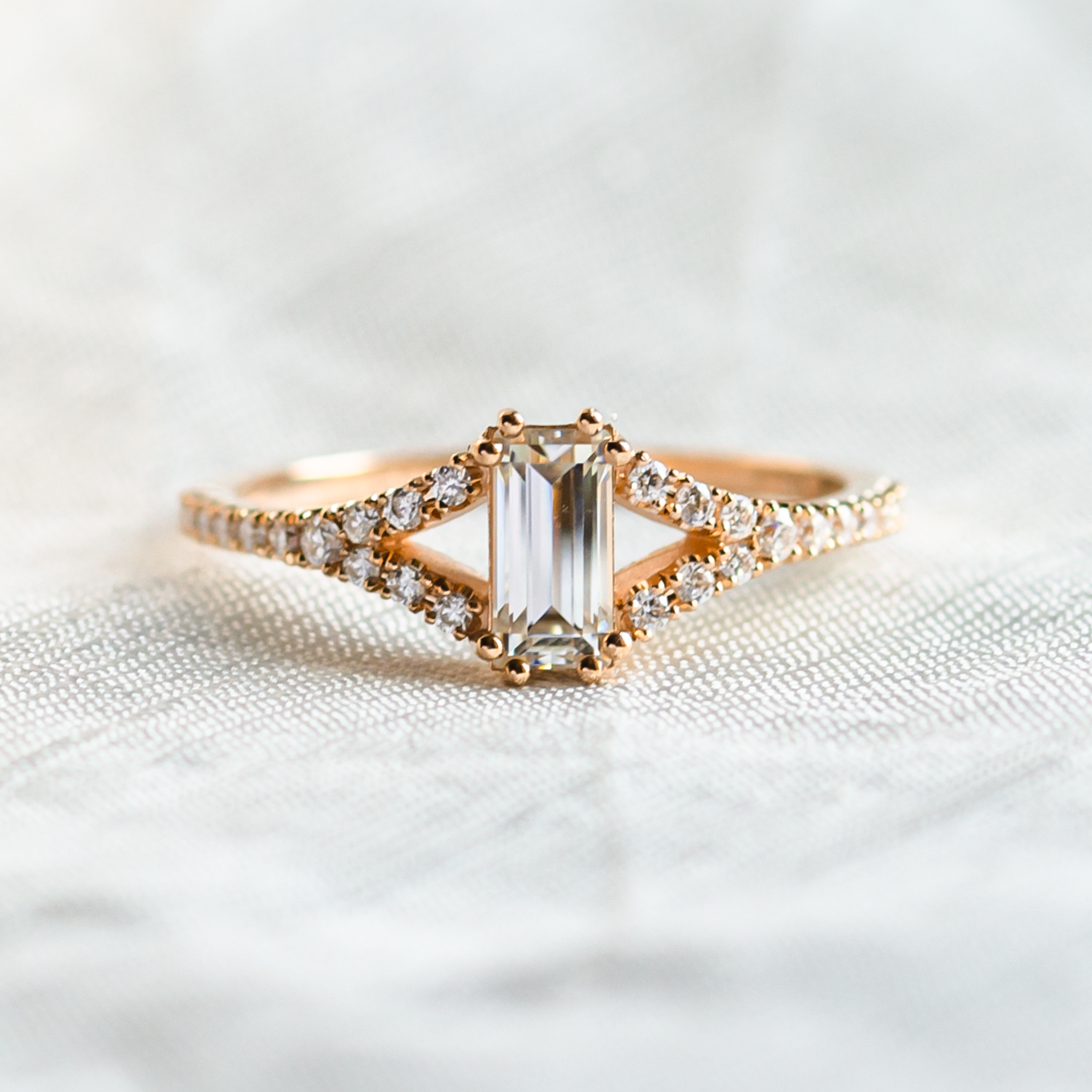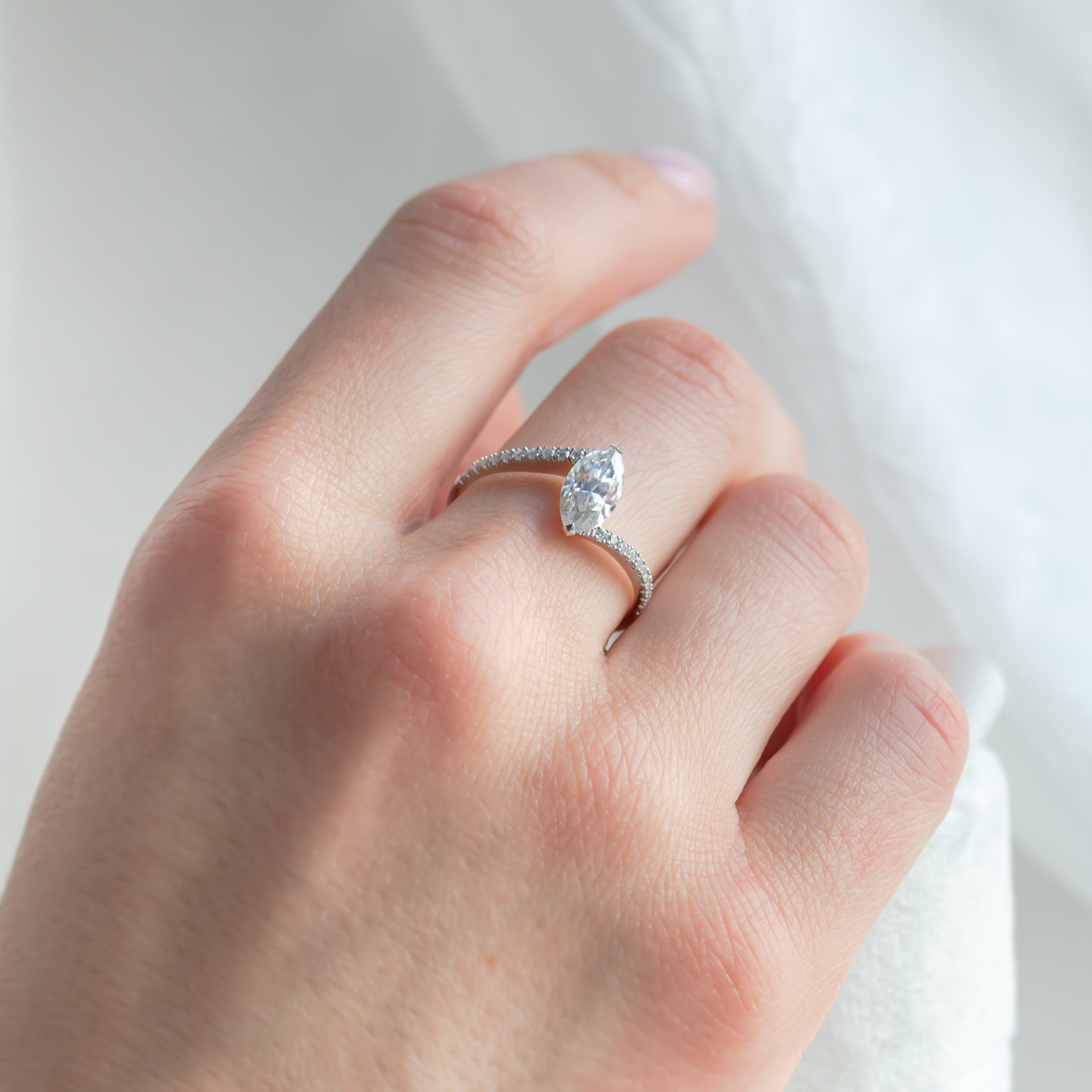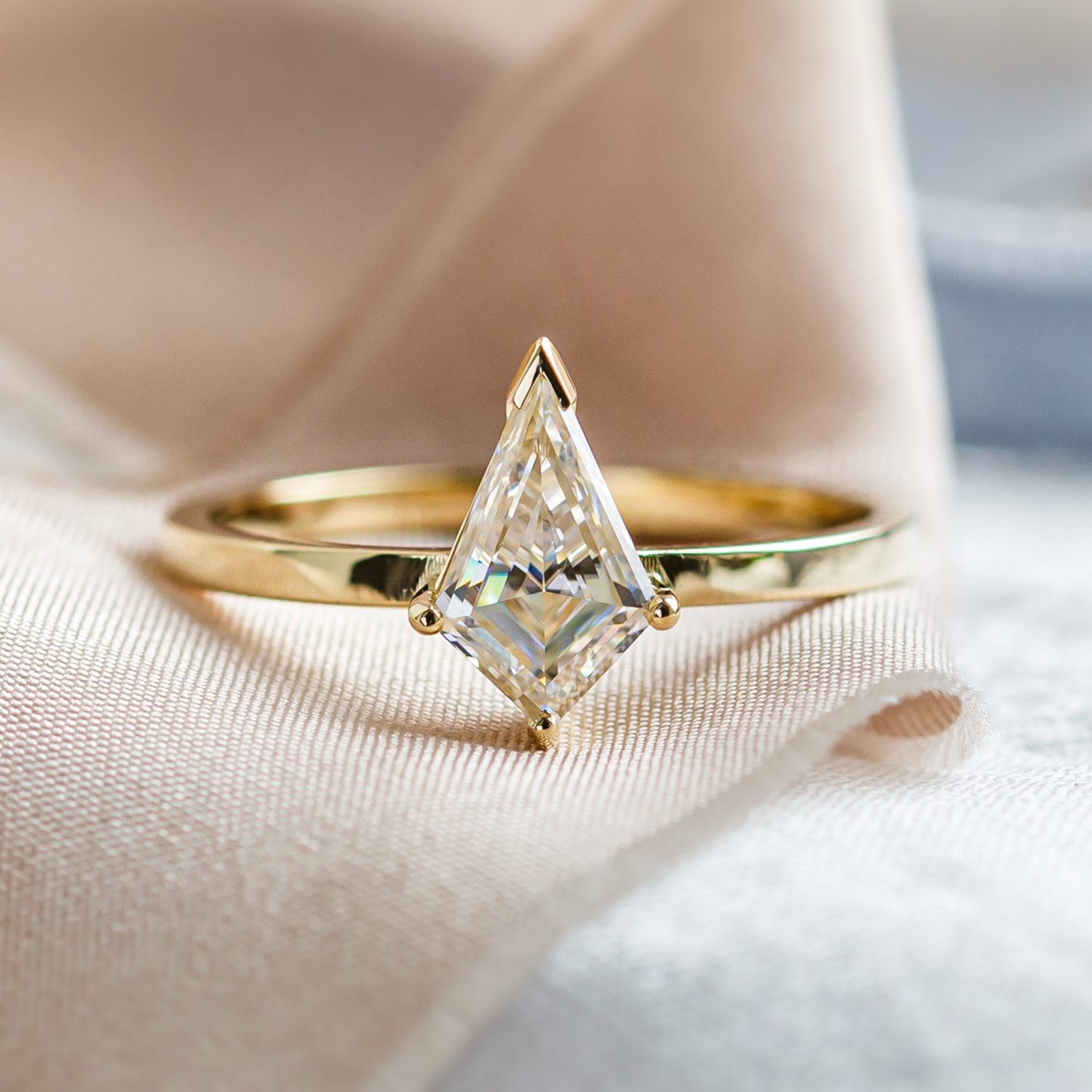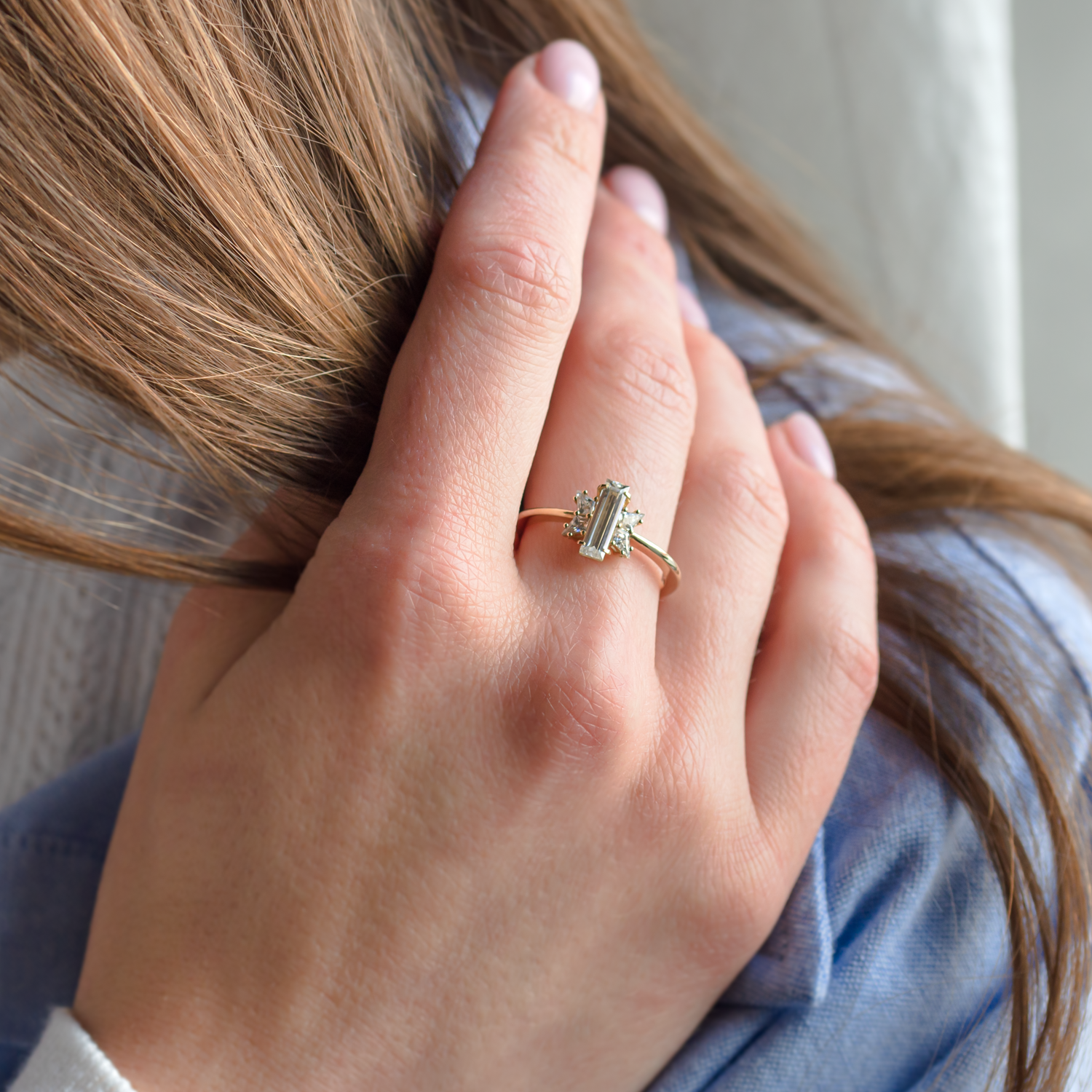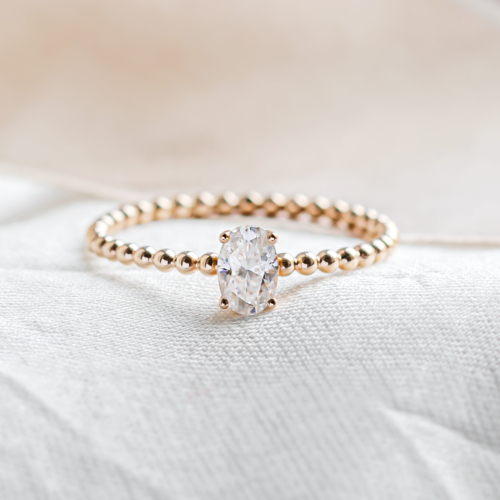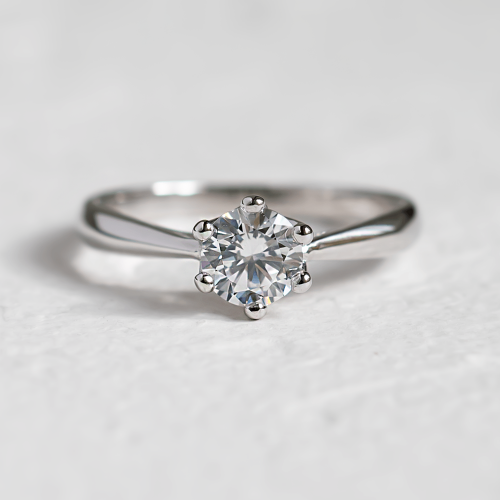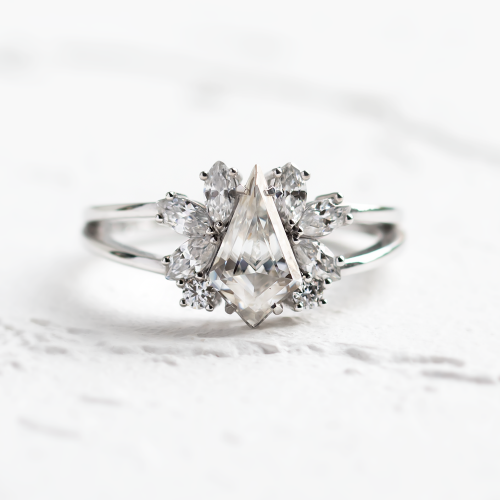What is moissanite and how is it different from diamond?
It looks like a diamond, but it is not a diamond. What's he talking about? Moissanite! Jewellery with this bright stone is appearing more and more often in jewellers' showcases. So let's talk about what this stone is, how it differs from a diamond and why you should care.
Moissanite: Starstone from the lab
Moissanite was discovered in a meteor crater in the late 19th century and was originally thought to be a diamond because of its exceptional brilliance and hardness. However, it turned out to have different chemical properties, making it a different gemstone.
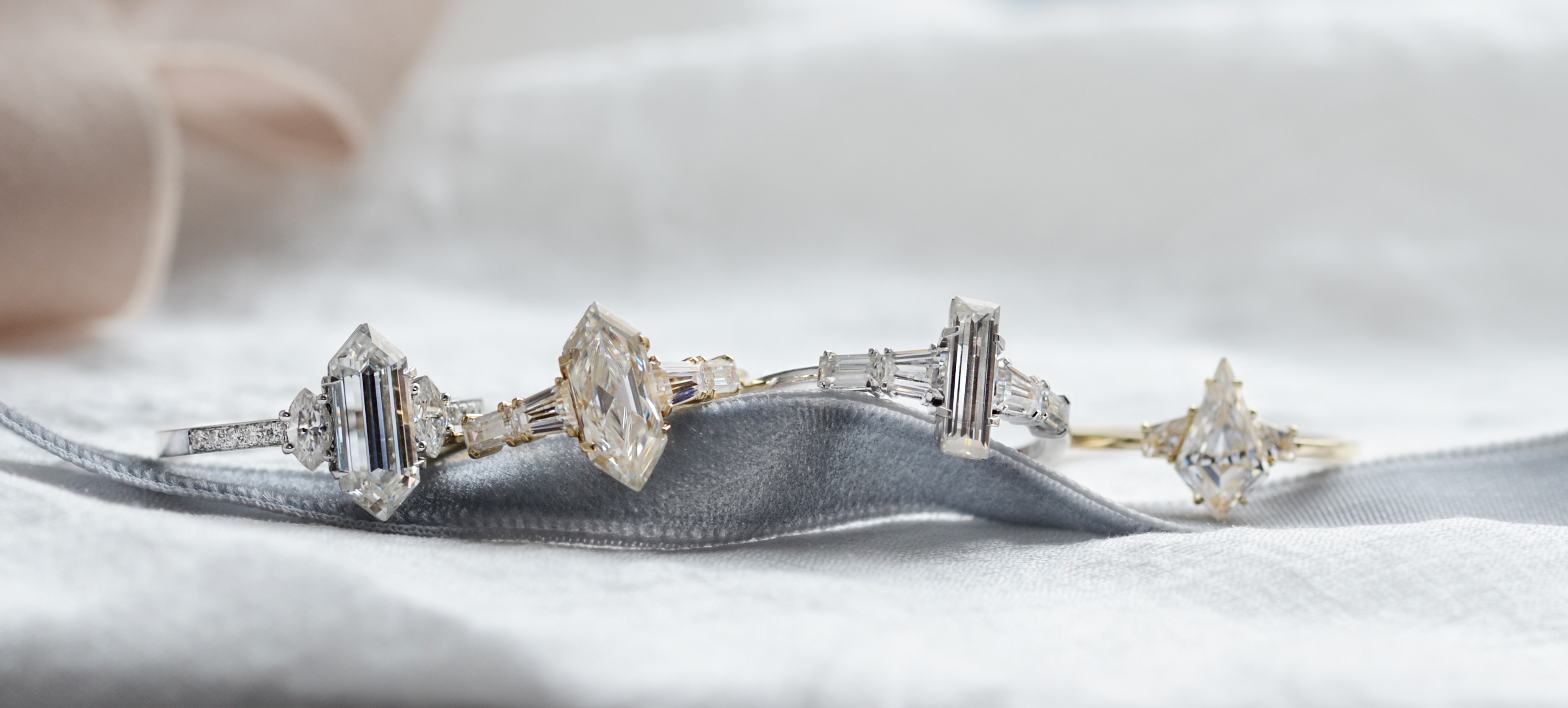
Comparison of moissanite and diamond
DIAMOND | MOISSANITE |
When to choose moissanite instead of diamond?
The leading advantage of moissanites is the price. It is up to ten times lower than diamonds of the same size. This makes not only moissanite engagement rings attractive to a wide range of customers.
Their production is also less burdensome for the environment, which appeals to environmentally minded individuals. On the other hand, diamonds have a hallmark of luxury and an unmistakable history that is irreplaceable to many. So reach for moissanite jewellery if you are looking for responsible luxury, or quality jewellery for everyday wear at a reasonable price.
|
|
|
|
From Arizona to Prague: the history of moissanite in jewellery
The history of moissanite dates back to 1893, when it was first discovered by French researcher Henri Moissan. He found it hidden in a meteorite fragment in an Arizona canyon. He later won the Nobel Prize for this discovery of a new gemstone.
The unusual origin of this stone makes it clear how rare it is in the wild. Scientists have therefore begun to grow it, like other gemstones, in laboratories to simulate the natural conditions of its formation. The process is incomparably faster and moissanites grow in just a few weeks.
Thanks to the technology that allows mass production, moissanite is becoming increasingly popular in the jewellery industry and our jewellers also like to work with it. It is produced in different colours such as blue-green and cut into a variety of shapes. Take inspiration from the modern elongated baguette moissanite, the sharp edges of the kite type, the atypical hexagon, or the classically round shape ideal for engagement rings.
Whether you opt for a classic diamond ring or an innovative lab-cut moissanite ring, you'll find something to suit both. The most important thing is that the choice reflects your personal style and values. And if perhaps you're still in doubt, stop by our store in Prague anytime, where we'll be happy to help you with your selection.


